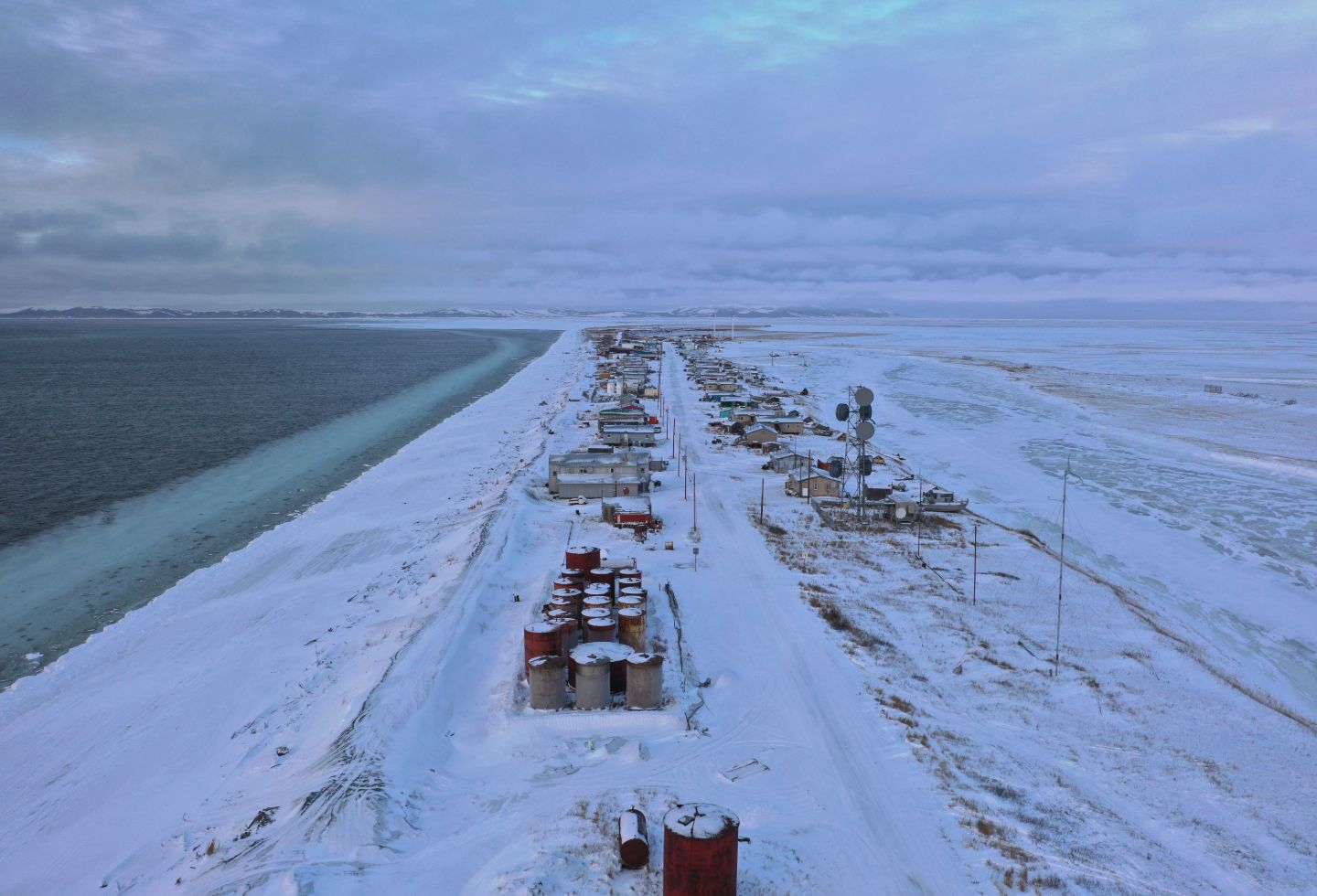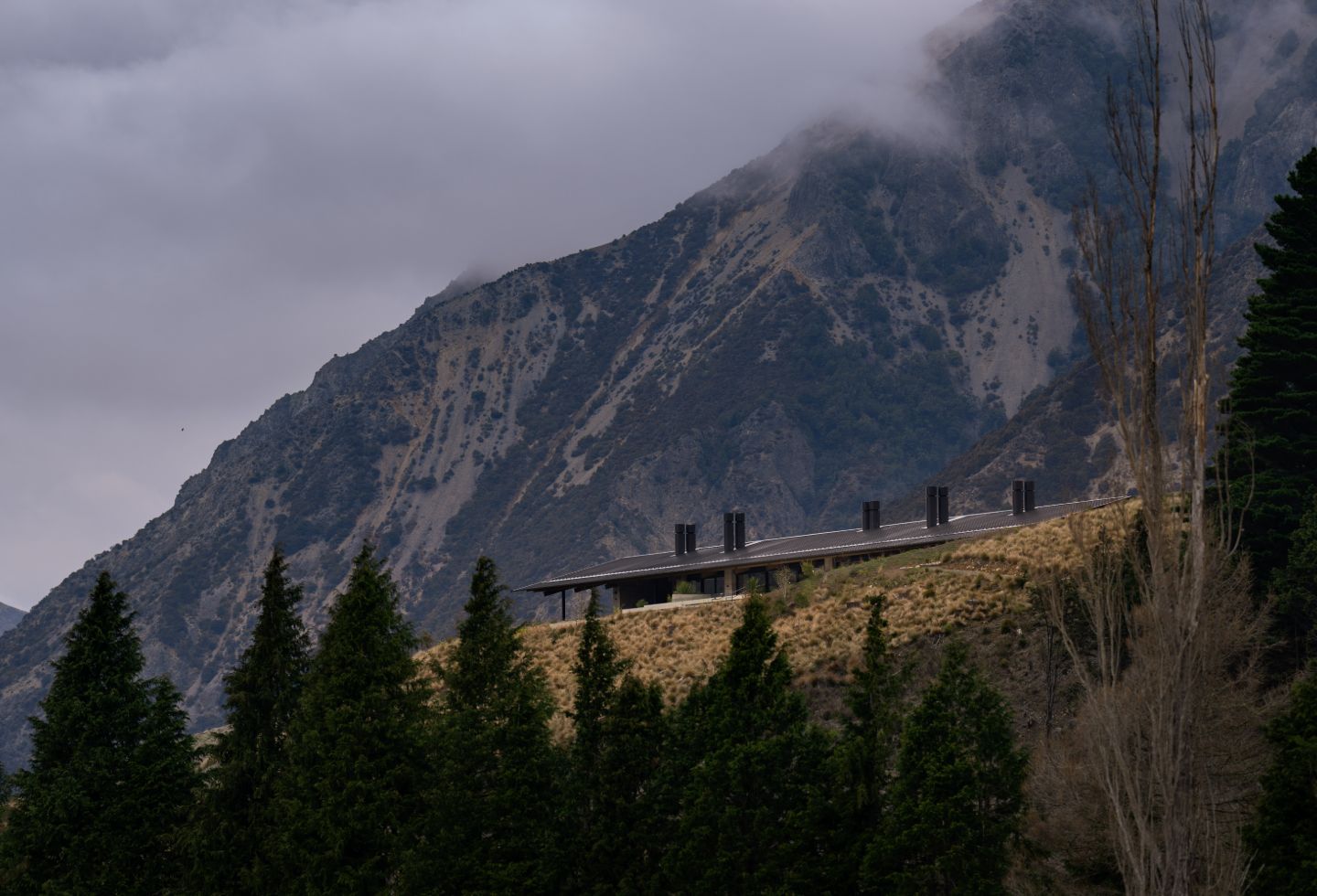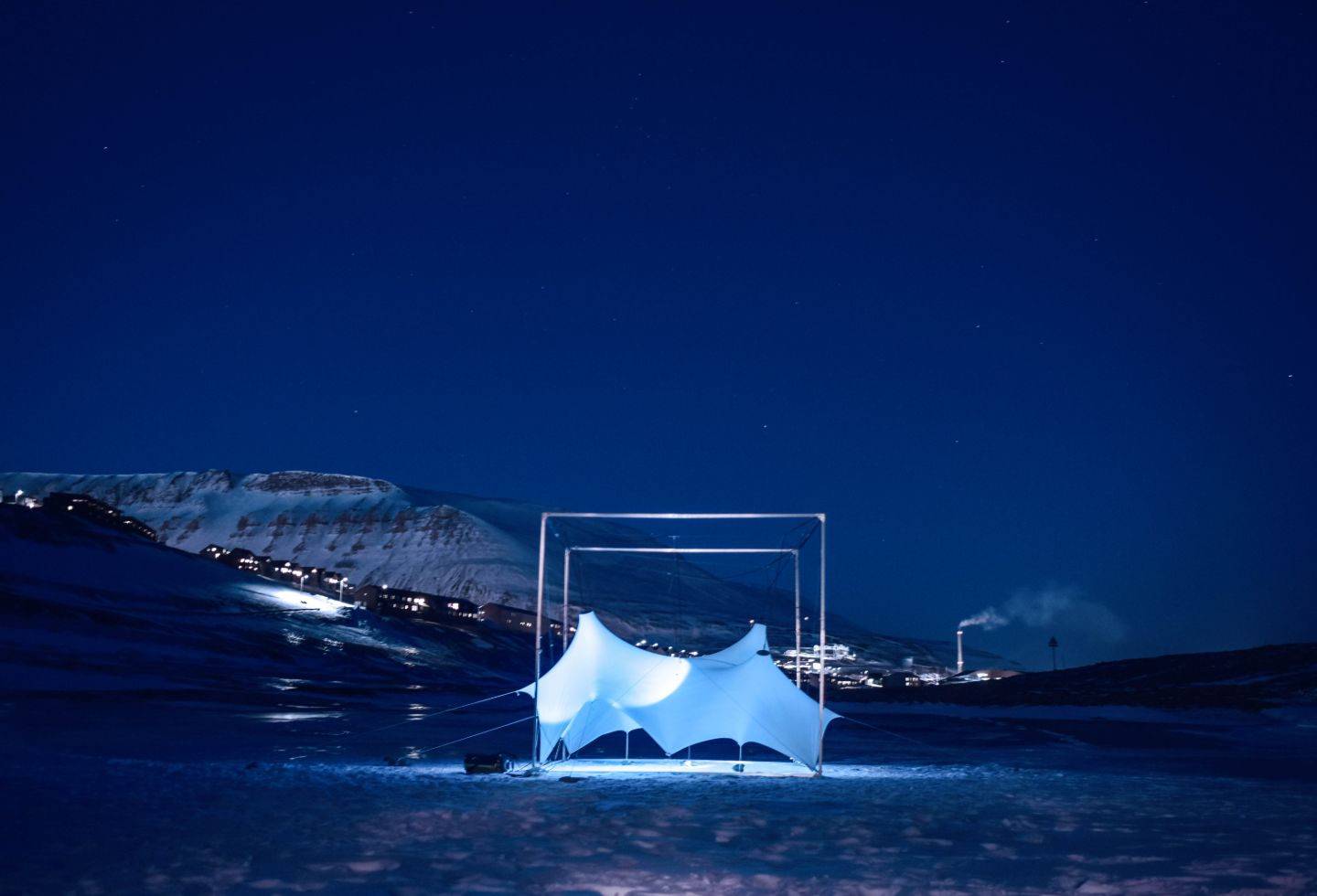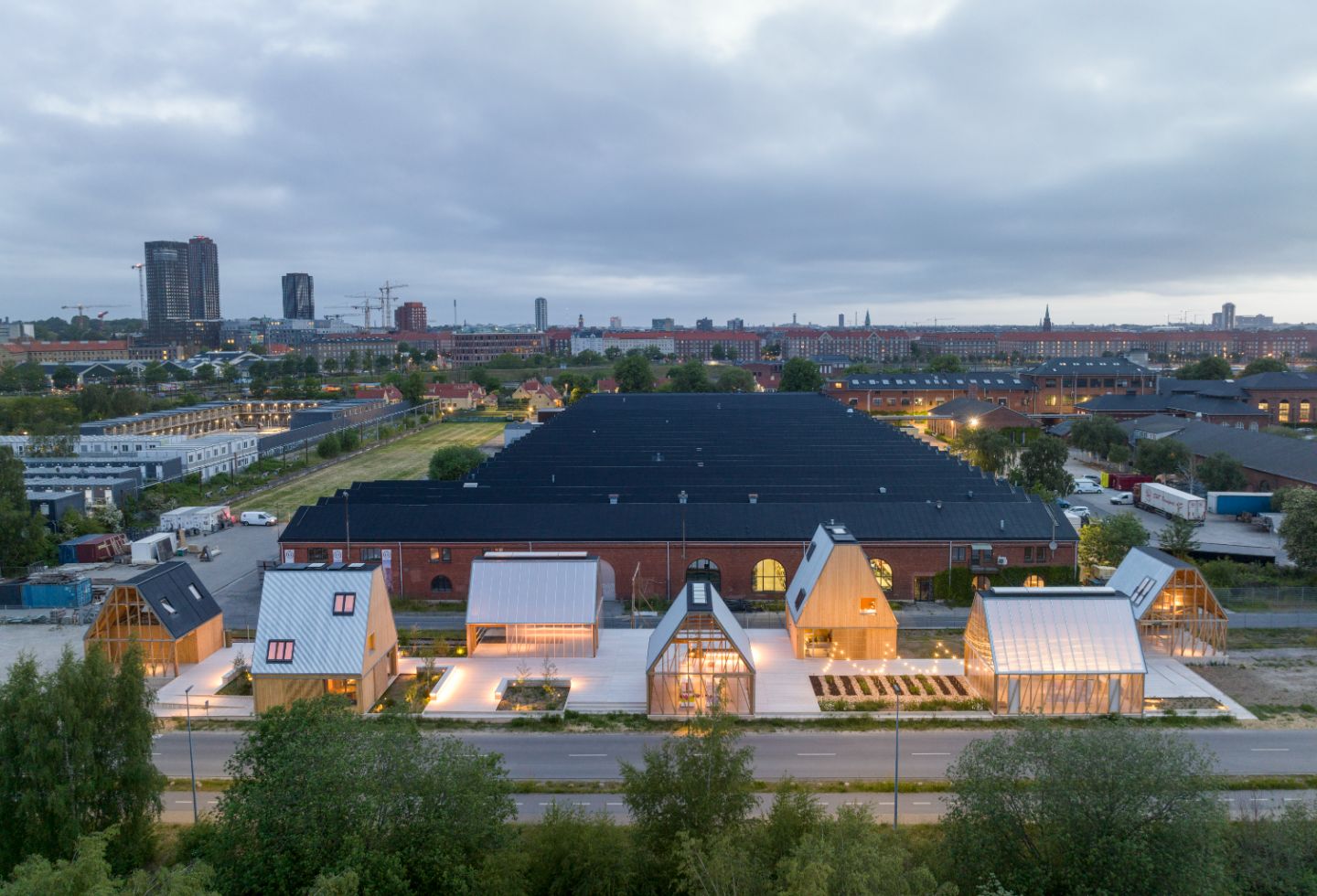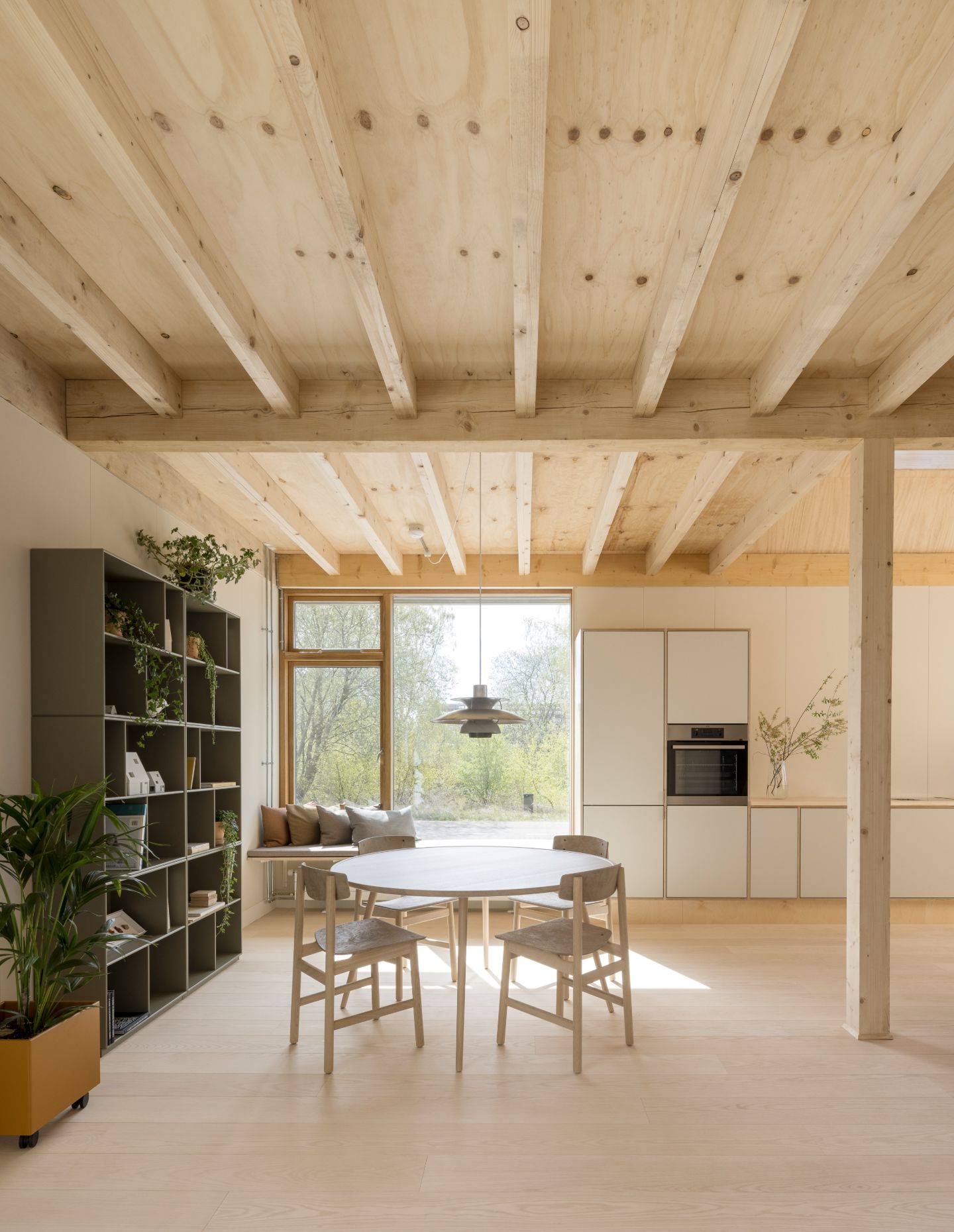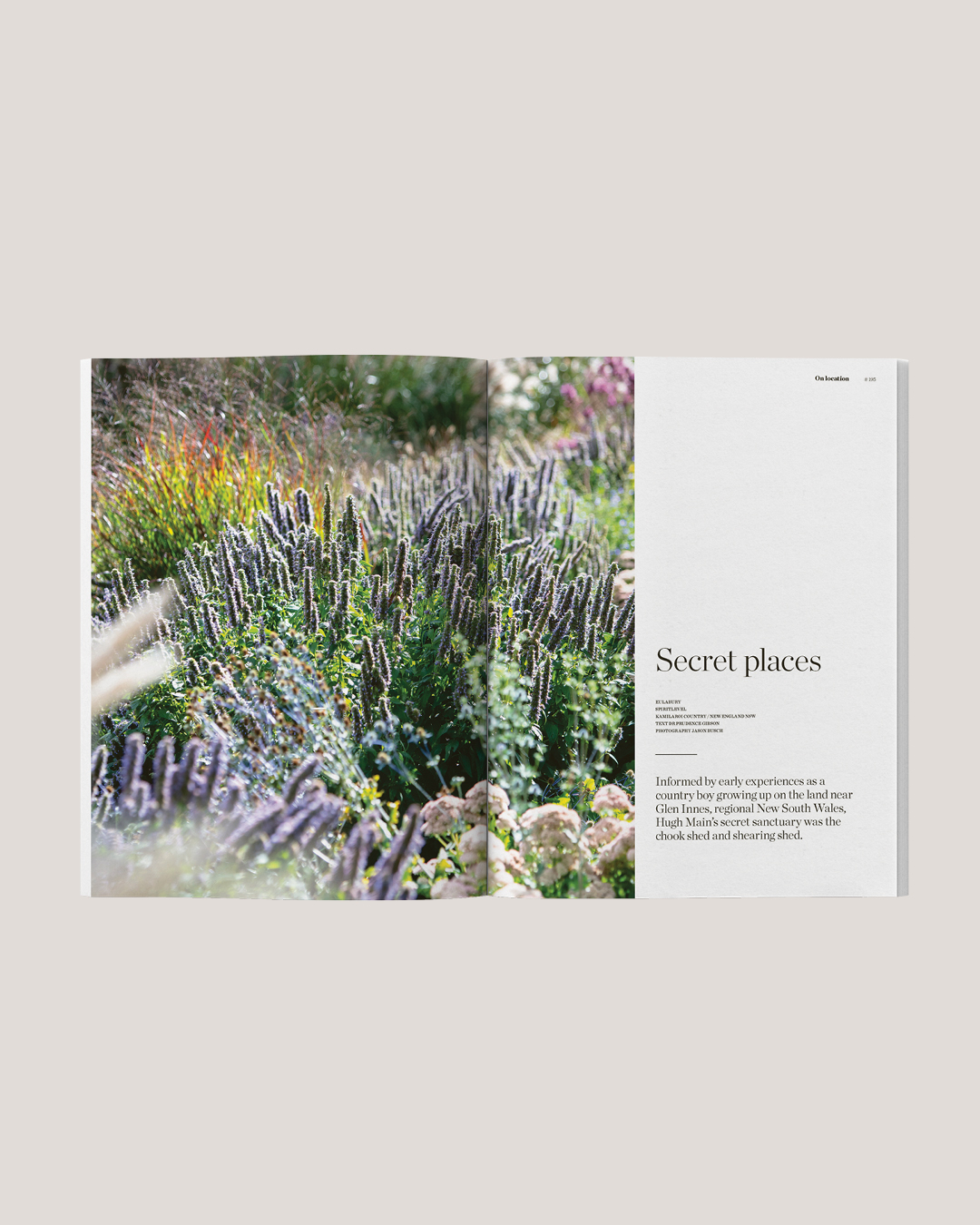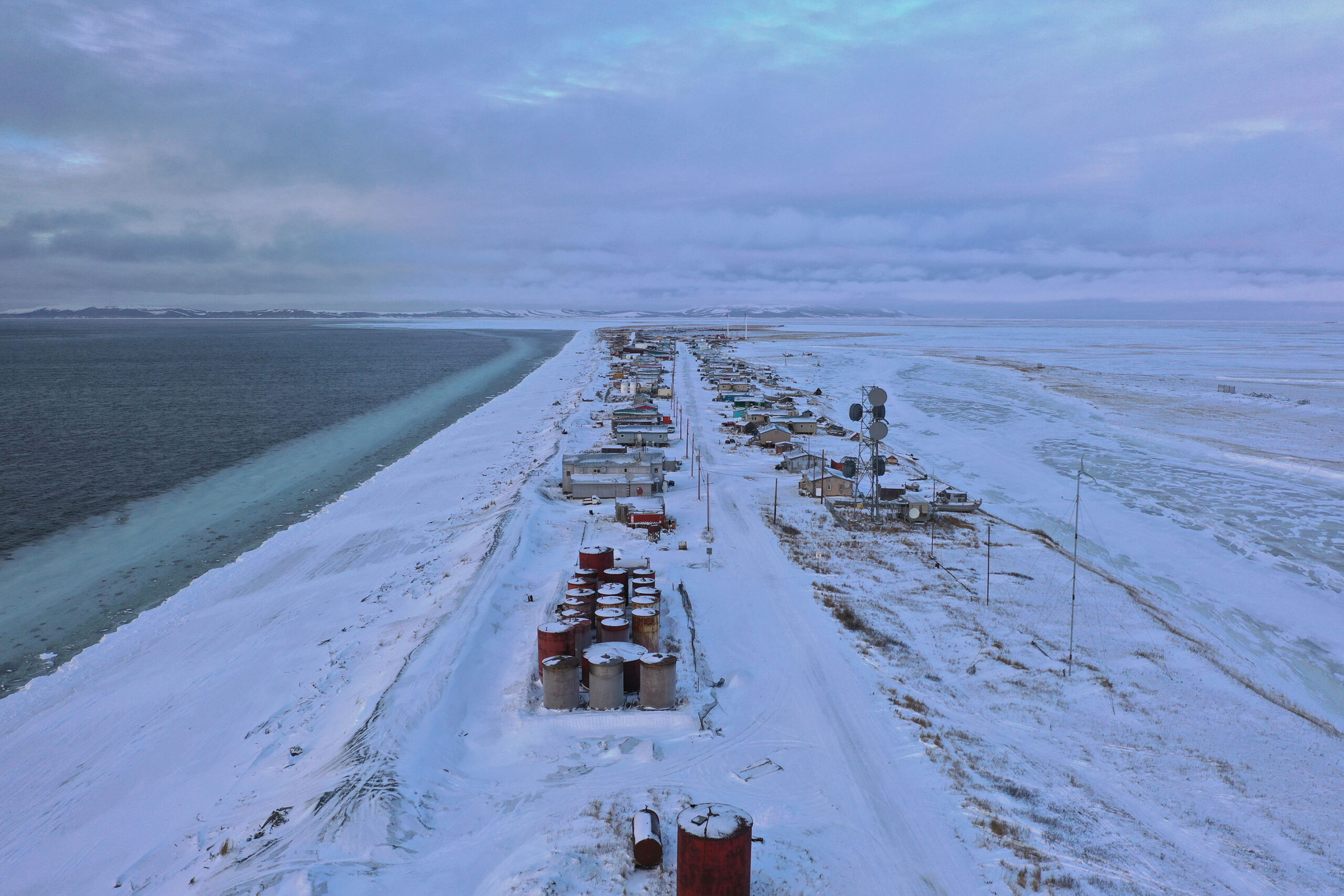This article is from Habitus #62 – find out more here!
There is no single ‘cold climate’ – only many different landscapes, cultures, economies and weather patterns, not to mention the design typologies and histories unique to each place. Having sought out wisdom from an eclectically varied range of designers and thinkers working in vastly diverse places and at utterly different scales, however, it does seem possible to outline some broad common foundations for designing well in the cold.
Mountain altitude, water, snow, wildlife, temperate changeability and unpredictability – these are just some of the specific issues to be confronted in any given place. For David Garcia – Copenhagen-based architect, founder of MAP Architects, associate professor and Head of Master Program ‘Extreme Environments at the Royal Danish Academy of Fine Arts – designing in an extreme environment begins fundamentally with a highly site-specific approach of working with the landscape. Garcia takes students annually to work in places such as Svalbard, Iceland and Greenland (indeed he recently edited a book titled Extreme Environments).
“Every project should be incredibly site-specific and not generic,” asserts Garcia. “I think the only way is to fine-tune the dedication and study of context even more – being so site-specific is the key to all of this for me. The more [we understand] context and how communities live, as well as understanding the changes that are happening – that dedication generally leads to good solutions.”
Engaging in extreme environments is, for Garcia, a means of un-learning some of the unquestioned assumptions that accumulate in design over time. His work is of course at one extreme end of an environmental spectrum (not everyone is about to design a high-end residential project in the Arctic Circle), but the experimental spirit is similarly found in the work of Lone Feifer. Also based in Copenhagen, she is an architect and Director for Sustainable Buildings at VELUX Group as well as contributor to another recent book, Living Places: Principles and Insights for a New Way of Thinking Buildings.
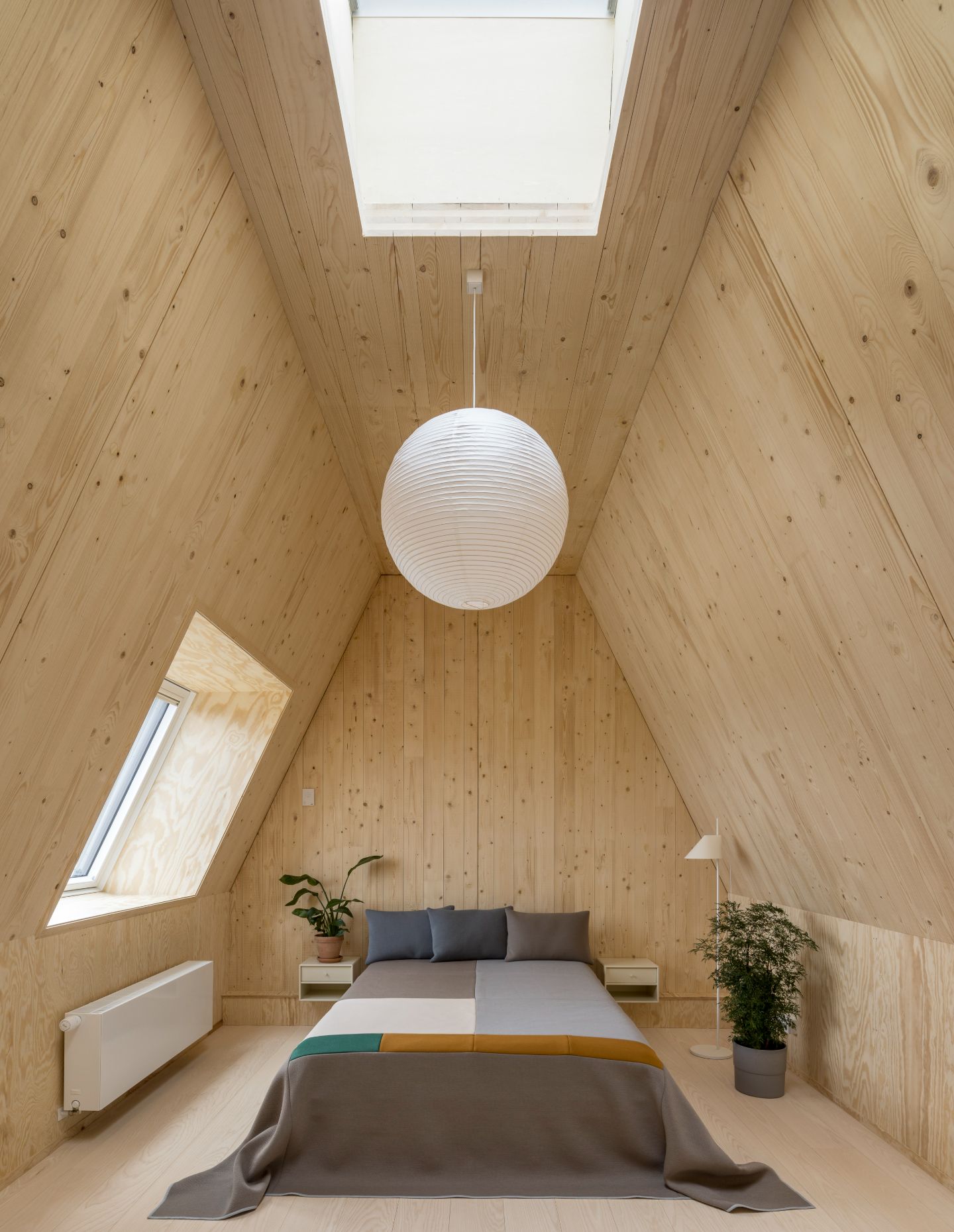
The VELUX Group has been involved in the design and construction of over 30 demonstration projects in 22 (cold) countries, with the Living Places project as the latest example. Feifer emphasises the need to move away from reliance on air-conditioning, for example. “That is the classic approach to climate, and it’s probably the key thing we’re trying to change – that you have to go with climate and not against it,” she says. Feifer also draws attention to theories surrounding alliesthesia in the built environment: the idea that we shouldn’t be “in the same thermal comfort range all the time… On the contrary, you need to experience lows and highs; your body gets more robust and it makes you healthier.”
Feifer’s work is geared directly towards impacting housing solutions for indoor comfort, but, like Garcia, it places a high value on experimentation in the form of learning from built prototypes – like the Living Places project developed in partnership with EFFEKT architects and Artelia engineers. It also similarly emphasises cultural context, with Feifer pointing to the work of Glenn Murcutt as an example of designing with sensitivity for a specific climate. It’s perhaps less about the cold per se, then, and more about heightened context and site-specificity no matter where the project might be.
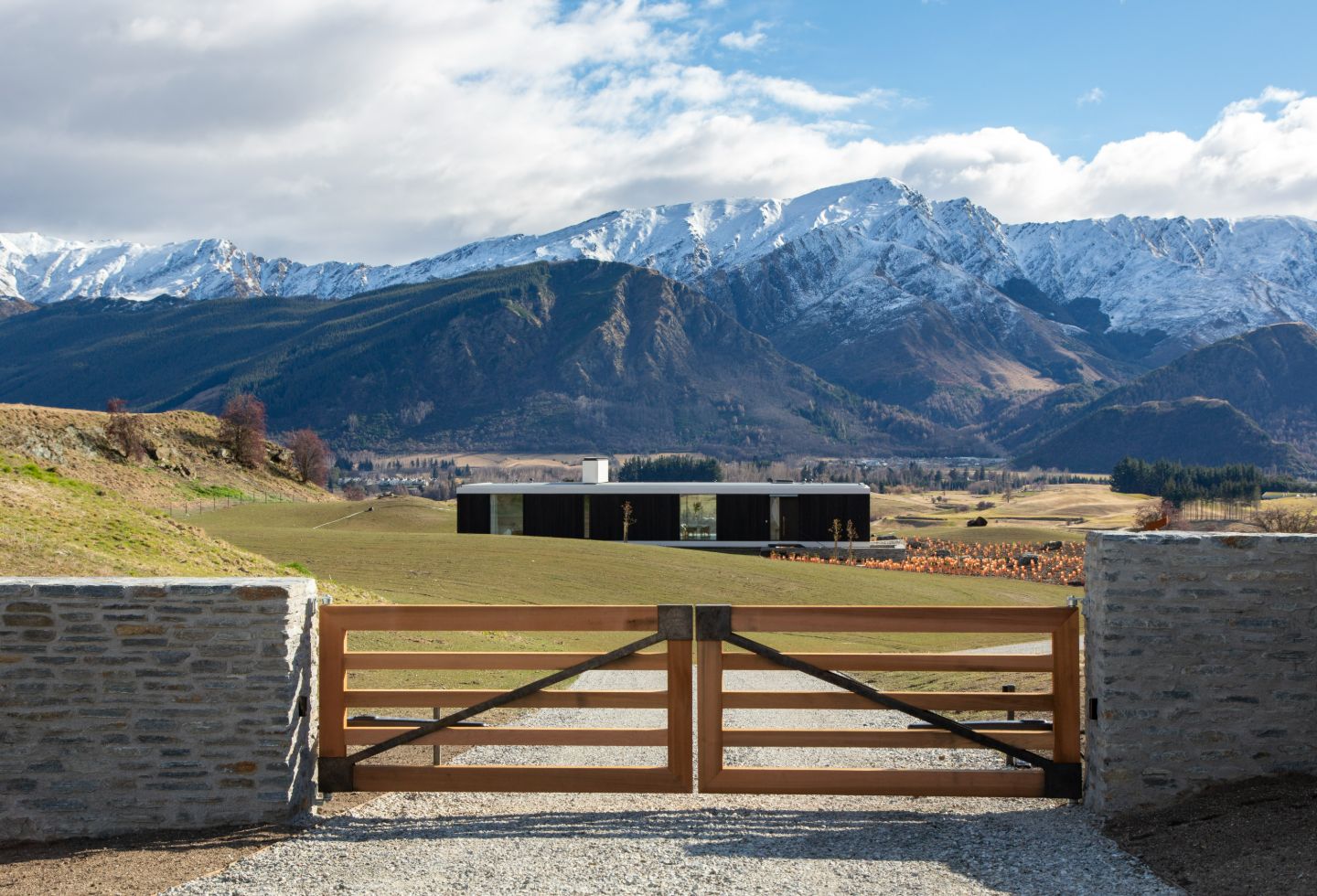
Moving into more familiar territory of commercial and residential architecture, Warren and Mahoney (WAM) Principal Ian Adamson has years of experience designing out of Queenstown in the South Island of New Zealand. Speaking to him about various projects in and around the mountain environments of this climatically extreme region, it becomes evident that high-end houses, ski resorts and mountain huts in the cold all share similar principles.
“Ultimately, it’s about shelter, comfort and warmth,” says Adamson. “When designing in those large, dramatic landscapes, [the question is]: how can you immerse yourself and hunker or integrate into the landscape?”

The approach here is fundamentally about materials, orientation, integration with the landscape and site-specificity in terms of climatic changeability; what differs, whether in Svalbard, Copenhagen or the Southern Alps, is usually a matter of scale. At Lake Windermere in the English Lake District, an esteemed project by UK practice Carmody Groarke highlights the importance of materiality on one hand and cultural context on the other.
“The Windermere Jetty Museum tells the story of the lake,” says Rowan Seaford, Associate Director at Carmody Groarke. “We hope that when people visit, they experience the lake and the landscape as much as the buildings themselves.” The form, materials and dark profile of the buildings allow them to nestle sensitively in the mountainous landscape, with water in general and flooding in particular being the preeminent climatic concerns in this particular instance. A concrete base provides flood resilience, but it’s the material choices of timber and copper that really create an atmosphere of place as they weather over time in a region where four seasons can pass by in any given day.
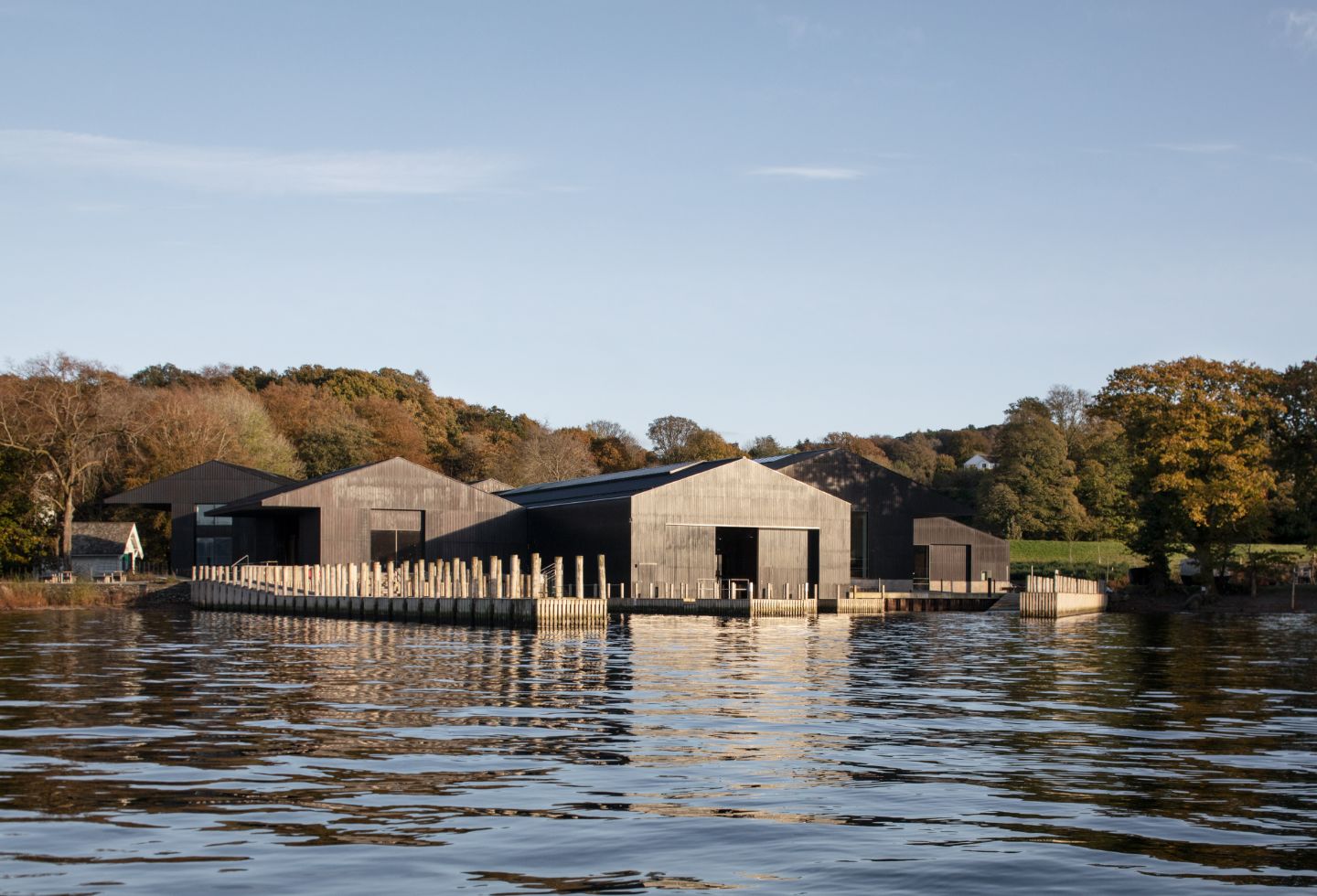
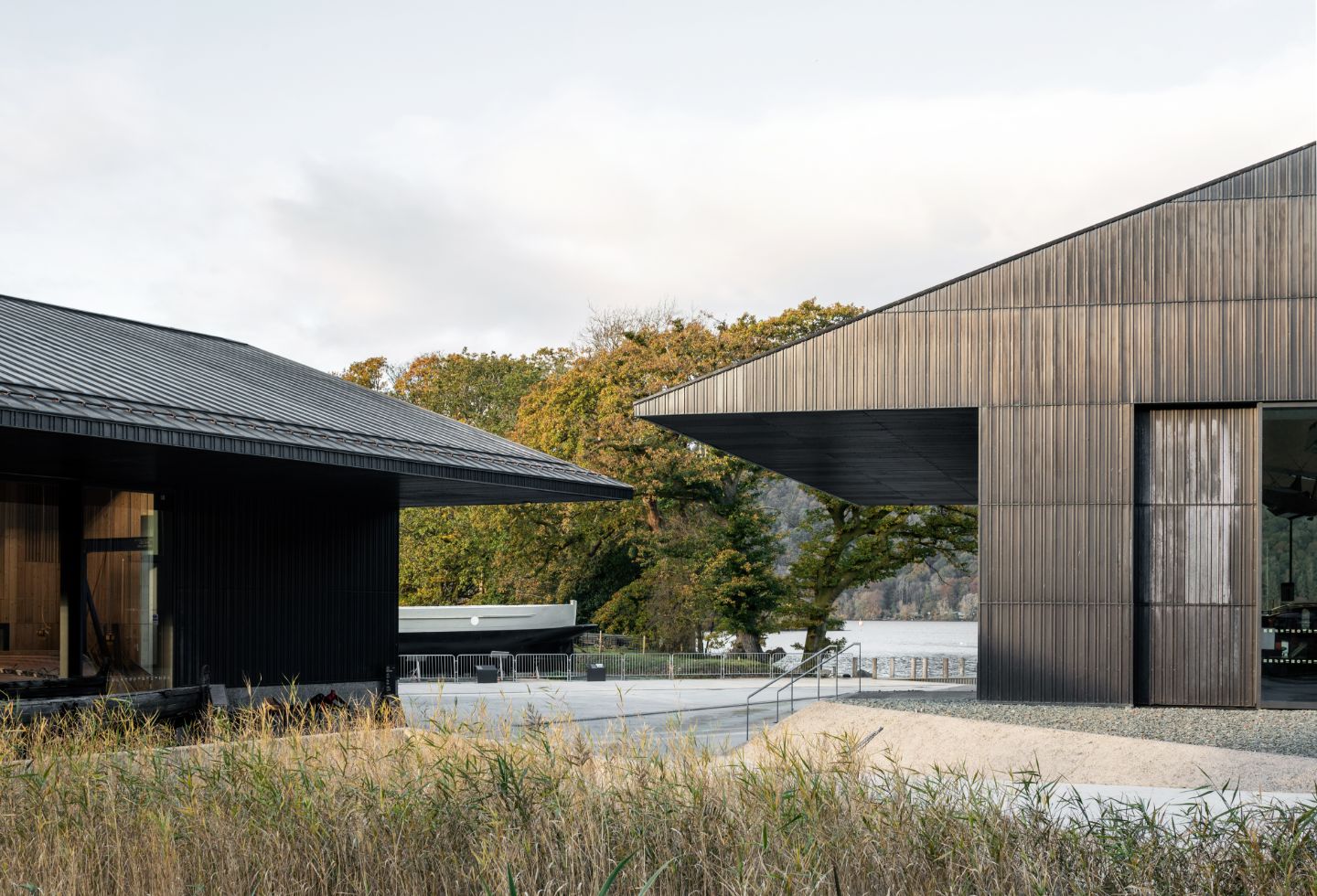
Returning to the Arctic, Garcia similarly emphasises the importance of local materials as well as a highly bespoke approach to their ageing and behaviour in the cold. Snow, for example, will stick differently according to the land material it falls on – a small, tantalising hint at the endlessly rich possibilities for engaging sensitively and contextually in extreme cold climates. Whether it’s experimental prototypes in northern Europe or luxury houses in New Zealand, the cold demands attunement to local conditions, appropriate materials, readiness for unpredictability and change, and a peeling back of some of the unnecessary layers of technology for a more homely relationship to the environment.
